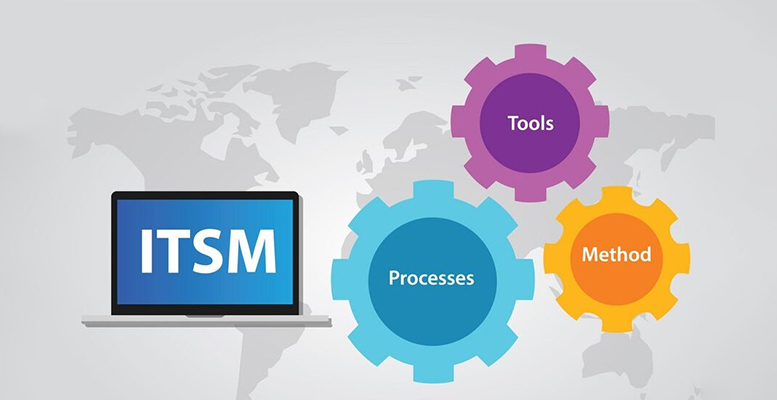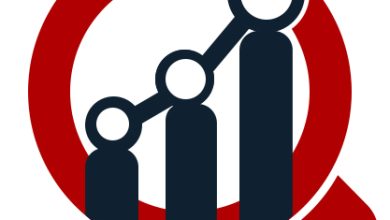What Is ITSM? A Complete Guide to Understanding IT Service Management

In the fast-paced digital world, effective IT service management (ITSM) is crucial for keeping businesses running smoothly.
Without a system in place to manage IT services, companies often struggle with inefficiencies, downtime, and poor customer satisfaction.
So, what exactly is ITSM, and why should it be a priority for your business? Let’s dive into everything you need to know about this essential framework.
Introduction to ITSM What Does ITSM Stand For?
ITSM stands for Information Technology Service Management. It’s a set of practices, processes, and policies that helps organizations deliver IT services to their customers and employees in a structured and efficient manner.
In simpler terms, ITSM is about managing the end-to-end delivery of IT services, from planning and designing to operating and improving them.
The Importance of ITSM for Modern Businesses
As businesses become increasingly reliant on technology, ITSM plays a pivotal role in ensuring that IT services are aligned with business needs.
Without ITSM, IT departments can struggle to meet the demand for service delivery, leading to longer downtime, poor user experiences, and even financial losses.
Implementing ITSM can transform how an organization handles its IT services, helping to improve efficiency, cut costs, and boost customer satisfaction.
Core Components of ITSM
To understand ITSM better, it’s essential to break down its core components. ITSM is built around a lifecycle that encompasses five key stages:
Service Strategy
This is where the overall IT strategy is developed, aligned with the business goals. The aim is to ensure that IT services meet the company’s objectives and deliver value.
Service Design
Once the strategy is in place, the next step is designing the IT services. This includes everything from the infrastructure and architecture to the processes and service catalog.
Service Transition
This phase involves transitioning new or modified services into the live environment. It’s about managing change and ensuring smooth deployment without disrupting operations.
Service Operation
This is the most visible part of ITSM – the day-to-day management of IT services.
The goal here is to ensure that services are delivered effectively, with a focus on customer satisfaction and meeting service-level agreements (SLAs).
Continual Service Improvement
The lifecycle doesn’t end with operation. ITSM emphasizes the importance of continual improvement.
By regularly analyzing and improving services, organizations can stay agile and responsive to changing needs.
Benefits of Implementing ITSM in Your Organization
Now that we know what ITSM entails, let’s look at some of the key benefits of implementing it in your organization.
Enhanced Efficiency and Productivity
With clearly defined processes and automated workflows, ITSM can help your IT department operate more efficiently. This leads to faster resolution times, fewer errors, and overall improved productivity.
Improved Customer Satisfaction
By delivering IT services that are reliable, timely, and aligned with business goals, ITSM can greatly improve customer satisfaction.
When issues are resolved quickly, and services meet expectations, both internal and external customers benefit.
Cost Optimization
Implementing ITSM can also help reduce costs by streamlining processes, eliminating waste, and ensuring that resources are used more effectively.
Additionally, by reducing downtime and improving service delivery, businesses can avoid the financial losses associated with poor IT performance.
ITSM Tools and Technologies
To make the most of ITSM, many businesses rely on dedicated tools and technologies designed to streamline service management.
ITSM Software Solutions
There are various ITSM tools available that can help businesses manage their IT services.
These tools typically include features like incident management, change management, asset management, and service request fulfillment.
Key Features to Look for in ITSM Tools
When selecting an ITSM tool, it’s important to look for features that align with your business’s needs.
Key features to consider include automation capabilities, integration with other systems, scalability, and reporting functionality.
ITIL vs. ITSM: What’s the Difference?
ITSM and ITIL are often mentioned together, but they are not the same thing. So, what’s the difference?
Defining ITIL
ITIL, or Information Technology Infrastructure Library, is a framework of best practices for delivering IT services.
It’s a subset of ITSM, offering guidelines and recommendations for how organizations should manage their IT services.
How ITIL Supports ITSM Framework
While ITSM is the broader practice of managing IT services, ITIL provides specific processes and guidelines that help implement ITSM effectively.
Many organizations use ITIL as the foundation for their ITSM approach because it offers a proven methodology for success.
Challenges of Implementing ITSM
While the benefits of ITSM are clear, implementing it can come with challenges.
Resistance to Change
One of the most common challenges is resistance from employees and departments who are accustomed to doing things a certain way. Overcoming this resistance requires effective communication and change management.
Integration with Existing Systems
Another challenge is integrating ITSM with existing systems. Many businesses have legacy systems in place, which can make it difficult to implement new tools and processes without causing disruptions.
Conclusion
In conclusion, ITSM is an essential framework for any business looking to manage its IT services more effectively.
By implementing ITSM, companies can improve efficiency, reduce costs, and deliver better service to their customers.
If you’re interested in learning more about ITSM or finding the right tools to help you implement it, visit this resource:What Is ITSM?.
Investing in ITSM is a step toward a more streamlined and customer-focused IT operation.
FAQsWhat is ITSM in simple terms?
ITSM stands for Information Technology Service Management. It’s the practice of managing and delivering IT services to meet the needs of a business, ensuring smooth operations and satisfied users.
How does ITSM benefit small businesses?
Even small businesses can benefit from ITSM by improving efficiency, reducing downtime, and ensuring that their IT services align with their business goals, ultimately boosting productivity and customer satisfaction.
What are the key components of ITSM?
The key components of ITSM are service strategy, service design, service transition, service operation, and continual service improvement.
Is ITIL the same as ITSM?
No, ITIL is a framework of best practices for ITSM. ITIL provides guidelines for implementing ITSM processes effectively.
What is the best ITSM tool for my business?
The best ITSM tool for your business depends on your specific needs, such as automation capabilities, integration with other systems, scalability, and reporting functionality.




